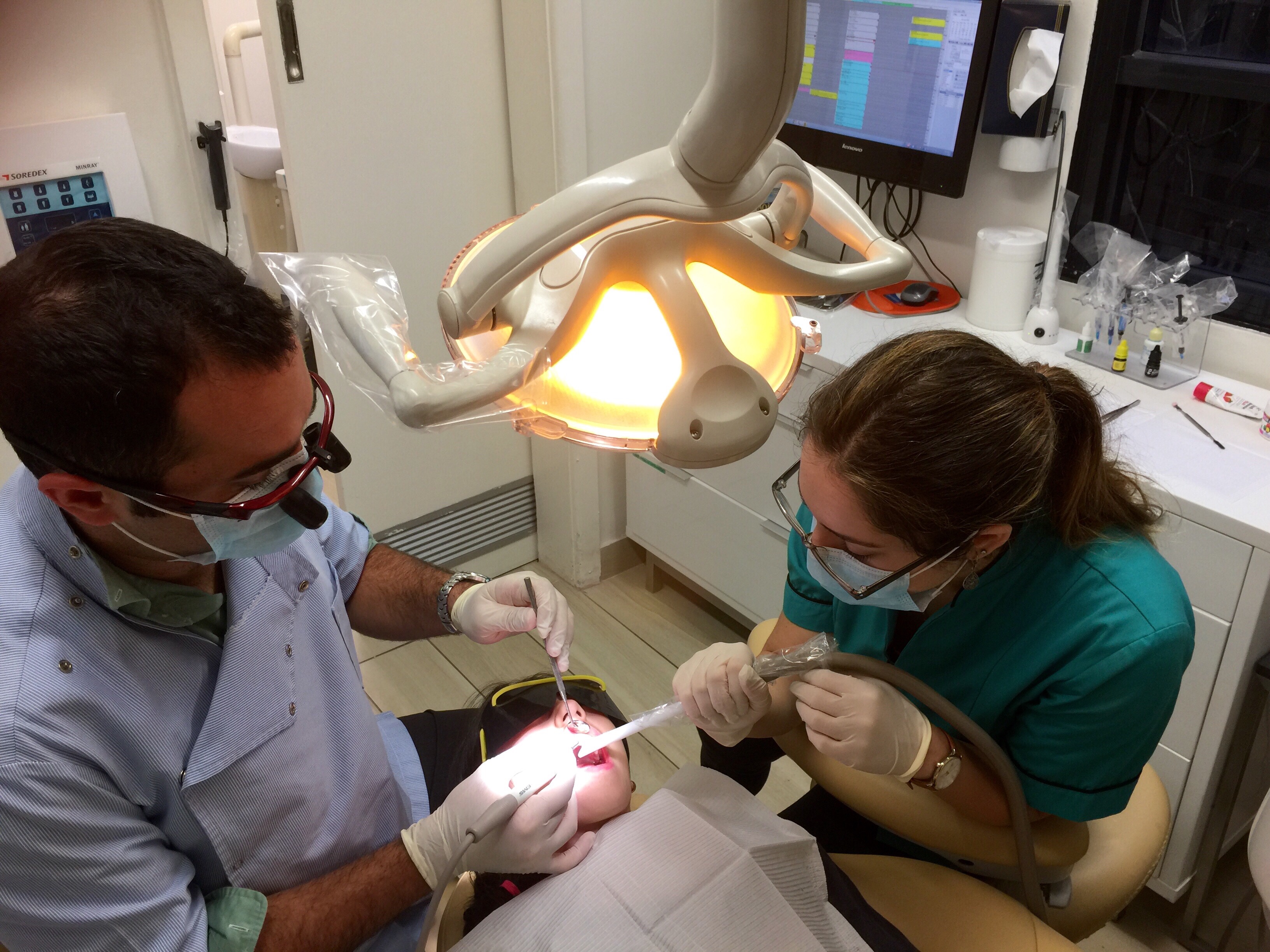Photo by @lira_n4 on Twenty20.com
In order for tooth decay to be developed in a tooth, that tooth must have acid-producing bacteria around it, along with food for the bacteria to feed upon. Teeth that are susceptible to decay will have little to no fluoride in the enamel to fight the plaque. Fluoride can destroy decay, although it won’t be able to do much once the decay has started to eat the teeth.
Poor hygiene habits will allow the plaque and tartar to build up around teeth and speed up the process of decay. Even though your mouth has a lot of bacteria that is always present, only one type will generate the acid that results in tooth decay. Some people have active decay that is always present in their mouths. Parents with active decay can easily pass the decay on to a child or loved one through eating, drinking from the same glass, or even kissing.
Once the decay has settled in the tooth’s enamel, it will progress very slow. Once it has made it through to the second layer of the enamel, it will spread faster as it heads towards the pulp. The pulp is a vital area of the tooth, as it contains the nerves and blood supply. This is where the pain will be the most intense, as the decay will start to eat at the nerves.
Although decay can take 2 – 3 years to get through the enamel, it can make it from the dentin to the pulp in less than a year. Once it makes it to the dentin, the decay can destroy most of the tooth structure in a matter of weeks – or months. The most preventable type of tooth decay, known as smooth decay, also grows the slowest. It starts out as a white spot in the tooth, where the bacteria dissolves the enamel. Smooth decay is very common with those 20 – 30 years of age.
Pit or fissure decay is a bit more serious, forming along the narrow grooves in the chewing side of the molars. It progresses more rapidly and can eat your teeth a lot faster than smooth decay. Due to the grooves being so narrow, it can be hard to clean them with regular brushing. Even though you may brush on a regular basis, this type of decay is hard to prevent without going to the dentist for your regular checkups and cleaning.
The last type of decay, known as root decay, begins on the surface of the root. Root decay is common with middle-aged individuals. It is normally the result of dry mouth, a lot of sugar, or not taking care of your teeth. Root decay is the most difficult to prevent, and the most serious type of tooth decay. It can eat teeth fast, leaving you no choice but to get the affected teeth removed.
Tooth decay is no laughing matter, and should always be treated before it has time to spread and affect more of your teeth. You should always brush and use dental floss on a daily basis, use mouthwash to kill bacteria, and visit your dentist at least twice a year, for the due control of your oral health. If you take care of your teeth and follow the advice of your dentist, you can normally prevent tooth decay before it has a chance to eat at your teeth. Come to Unicare, and always keep your teeth and smile healthy.
For more information contact us. We are Unicare Dental Center.




